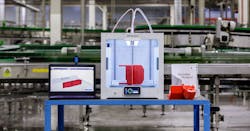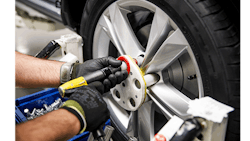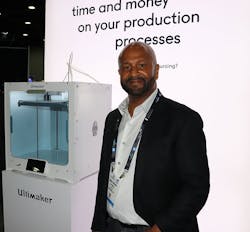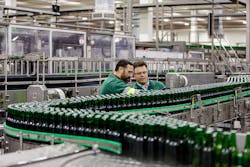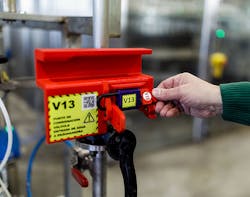Having a 3D printer on the factory floor has always been an intriguing proposition, as who wouldn’t want to bypass the supply chain entirely and whip up a quick replacement part, or even better, a brand new optimized tool or maybe even specialized robot grippers, right then and there? That is perfectly reasonable and could do everything from truncate downtimes and lead to safer and more efficient operations. Several manufacturers have found certain 3D printers as invaluable new tools that cannot only create prototypes but also the jigs, fixtures, and tooling to enable production.
Volkswagen's Portugal plant has saved an estimated $377,000 by 3D printing wheel assembly jigs and fixtures, while Honeywell Federal Manufacturing & Technologies has printed more than 60,000 tooling fixtures for product testing, which led to $125 million in cost avoidance.
But it's also understandable as to why the industry as a whole remains skeptical that these magical boxes will solve all their problems. They won’t and probably never will. But Jamie Howard, the new president of Ultimaker AMERICAS, says that even in a day, the right team can find dozens of problems additive manufacturing could solve.
The Netherlands-based Ultimaker, which specializes in industrial desktop printers and partnered with Volkswagen for their aforementioned use case, relies on an enterprise enablement program to help manufacturers reveal additive opportunities. During a site scan Ultimaker applications engineers will go through with some of the plant's engineers, plant management, the actual 3D printer operators to find parts up and down the line that can be 3D printed.
"Usually when we do these site scans we find between 10 and 30 parts that can be printed," says Howard. "When we find that list we usually print two or three while we're there and create business case justification just from the output of the site scan."
The potential candidates to be printed are found in the context of a lean view of cost reductions, time savings, and waste reductions, Howard says, and these parts would inherently perform better for less money, or prevent downtime, or increase KPIs in some other way.
"That usually enables the rest of the enterprise to say if we can do that here in a day, what can we do over an extended period of time?" Howard explains.
Deploying Ultimaker's S5 and program has Heineken's brewery in Seville, Spain, seeing more green, as in more of its signature bottles, lit-up stack lights, and Euros.
Heineken says that 3D-printed parts save around 80% in production costs. These range from a safety latch over a power plug (below) to prevent accidental activation of moving parts to an optimized tool on the conveyor that directs the bottles. A previous more rigid version of the plastic piece would cause breakage on the line and impact yield, Howard says.
“We’re still in the first stages of 3D printing, but we’ve already seen a reduction of costs in the applications that we found by 70-90% and also a decrease of the delivery time of these applications of 70 to 90%,” said Isabelle Haenen, Global Supply Chain Procurement at Heineken. “Local manufacturing helps us a lot in increasing uptime, efficiency, and output. We use 3D printing to optimize the manufacturing line, create safety and quality control tools, and create tools for our machines that help us reduce change over time. I think there will be even more purposes in the future.”
Howard believes this is just the beginning of additive finally "crossing the chasm" to the mainstream, or moving from the "carpet to the concrete."
"I think we are approaching it," says Howard, who previously led cable companies in their digital transformation. "We have a lot of examples of how it could be used as production workflow."
Distribution and getting resellers upskilled are a few of many limiting factors, though Howard believes software to be the biggest current challenge for mass adoption.
A large enterprise may have several printers, and vastly different technologies using different materials, such as stereolithography or metal.
"How does the IT department manage all these printers on the network? This group of printers is all connected to the ERP to measure output, and quality people need to measure the quality of what’s being printed, and the plant person needs to measure uptime—and it all has to be communicated to the business layer. These are the concerns business leaders are going to have."
About the Author
John Hitch
Editor, Fleet Maintenance
John Hitch, based out of Cleveland, Ohio, is the editor of Fleet Maintenance, a B2B magazine that addresses the service needs for all commercial vehicle makes and models (Classes 1-8), ranging from shop management strategies to the latest tools to enhance uptime.
He previously wrote about equipment and fleet operations and management for FleetOwner, and prior to that, manufacturing and advanced technology for IndustryWeek and New Equipment Digest. He is an award-winning journalist and former sonar technician aboard a nuclear-powered submarine where he served honorably aboard the fast-attack submarine USS Oklahoma City (SSN-723).
